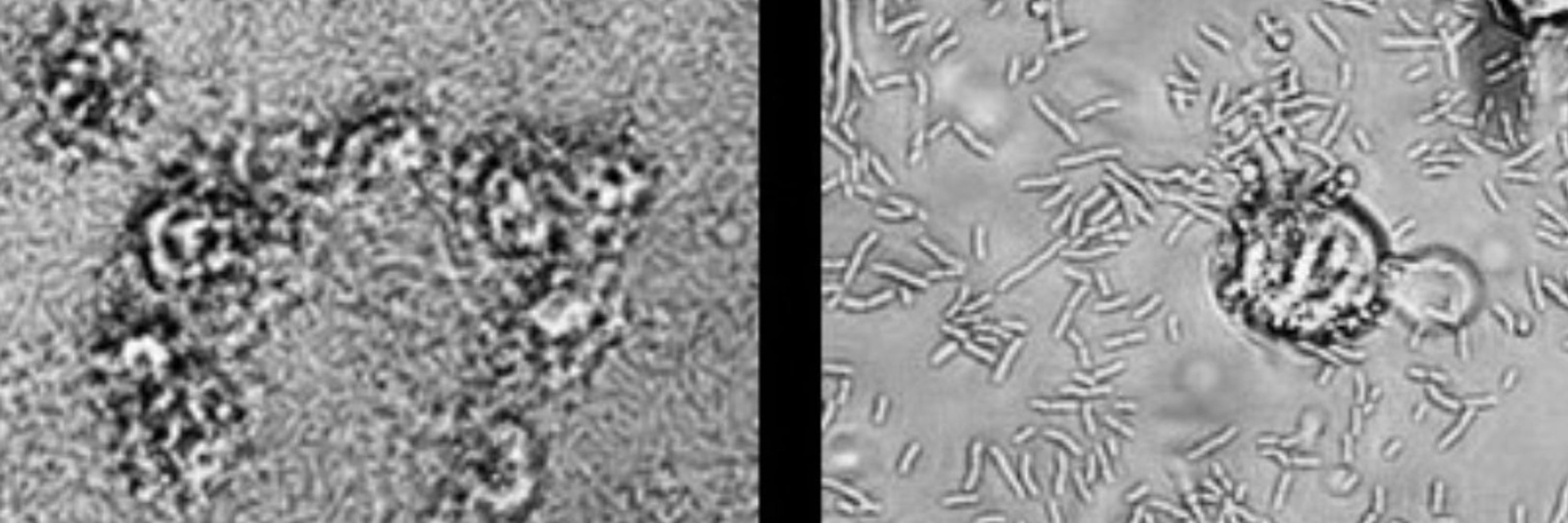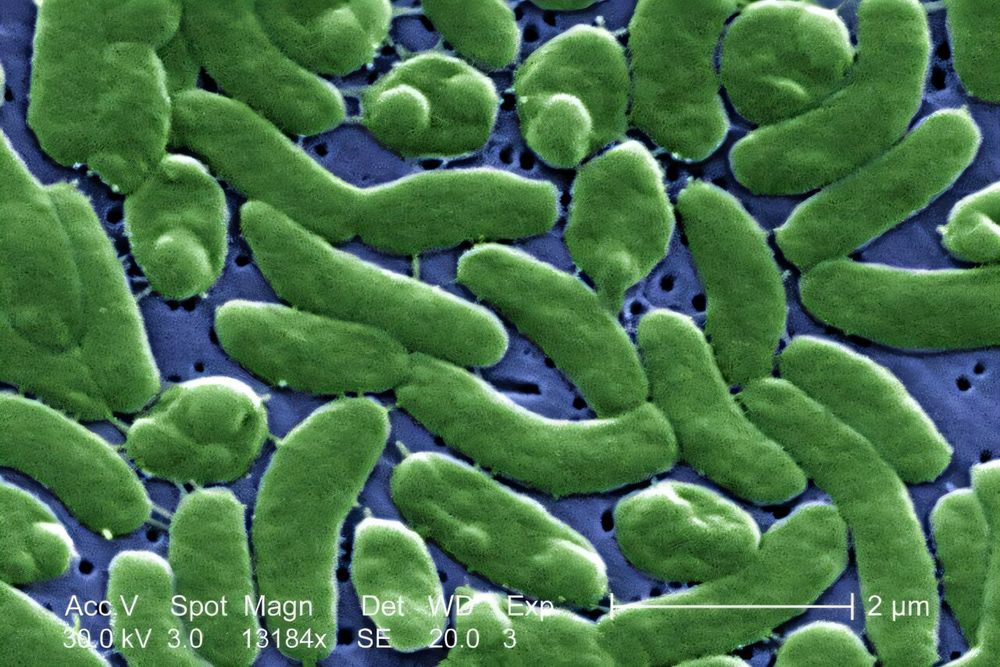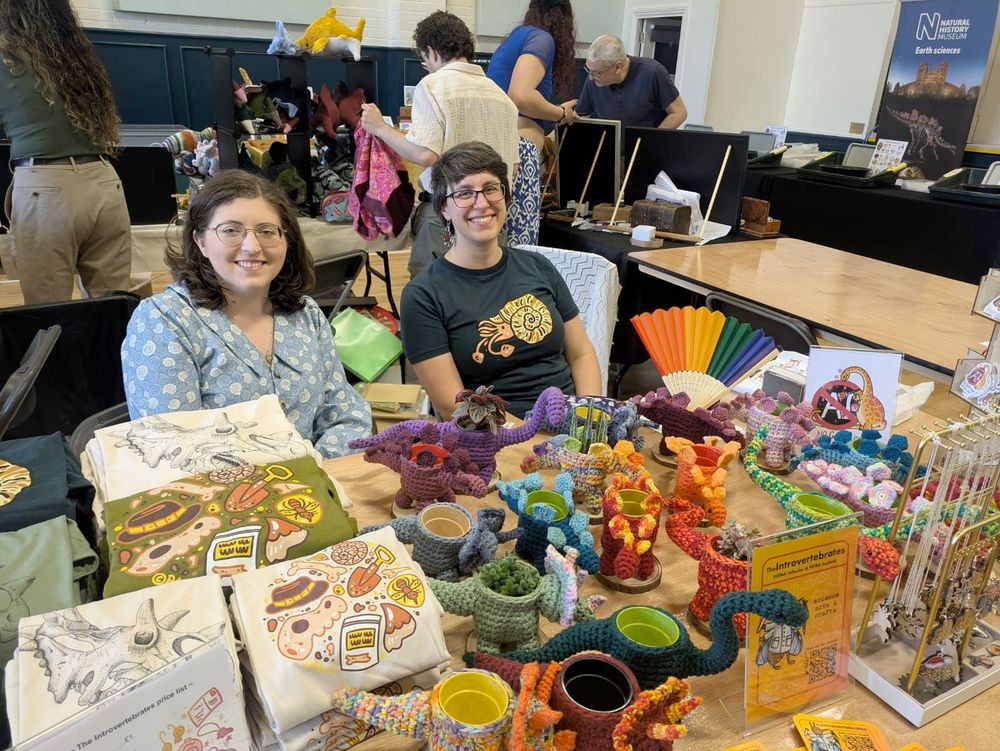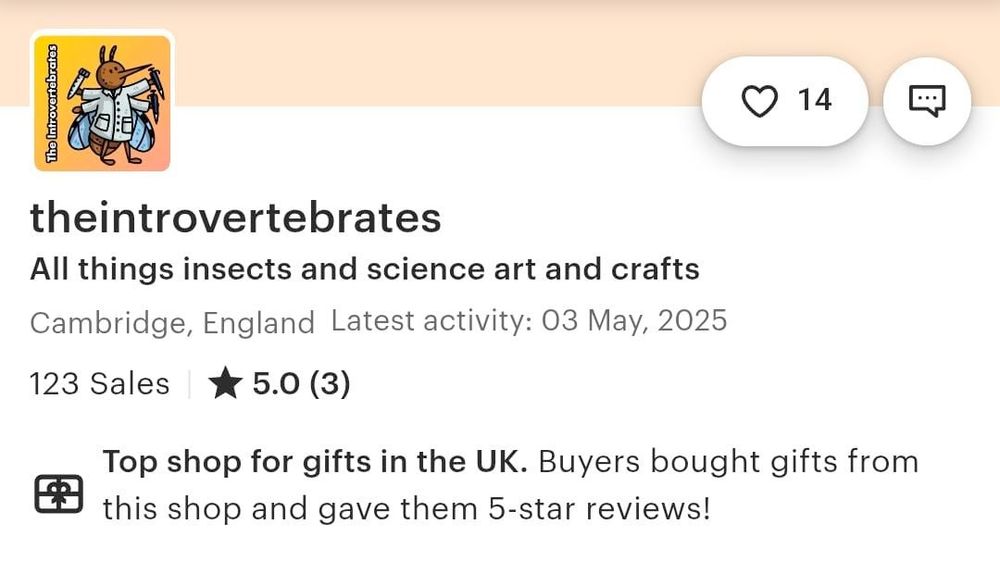Pathogenic Mechanisms Research Group
@molecularpathogen.bsky.social
1.1K followers
1.4K following
42 posts
Pathogenic Mechanisms Research Group - University of Galway.
PI: Dr Aoife Boyd. Host-microbe interactions: pathogenic Vibrio bacteria. Marine aquaculture. Natural antimicrobial molecules. Microbes & venomous animals.
https://orcid.org/0000-0002-4631-9792
Posts
Media
Videos
Starter Packs
Reposted by Pathogenic Mechanisms Research Group
Reposted by Pathogenic Mechanisms Research Group
Reposted by Pathogenic Mechanisms Research Group
Reposted by Pathogenic Mechanisms Research Group
Reposted by Pathogenic Mechanisms Research Group
Reposted by Pathogenic Mechanisms Research Group
Reposted by Pathogenic Mechanisms Research Group
Reposted by Pathogenic Mechanisms Research Group
Reposted by Pathogenic Mechanisms Research Group
Reposted by Pathogenic Mechanisms Research Group
Reposted by Pathogenic Mechanisms Research Group
Reposted by Pathogenic Mechanisms Research Group
Reposted by Pathogenic Mechanisms Research Group
Reposted by Pathogenic Mechanisms Research Group
Reposted by Pathogenic Mechanisms Research Group
Reposted by Pathogenic Mechanisms Research Group
Reposted by Pathogenic Mechanisms Research Group
Reposted by Pathogenic Mechanisms Research Group
Reposted by Pathogenic Mechanisms Research Group
Reposted by Pathogenic Mechanisms Research Group
Reposted by Pathogenic Mechanisms Research Group
Reposted by Pathogenic Mechanisms Research Group





















